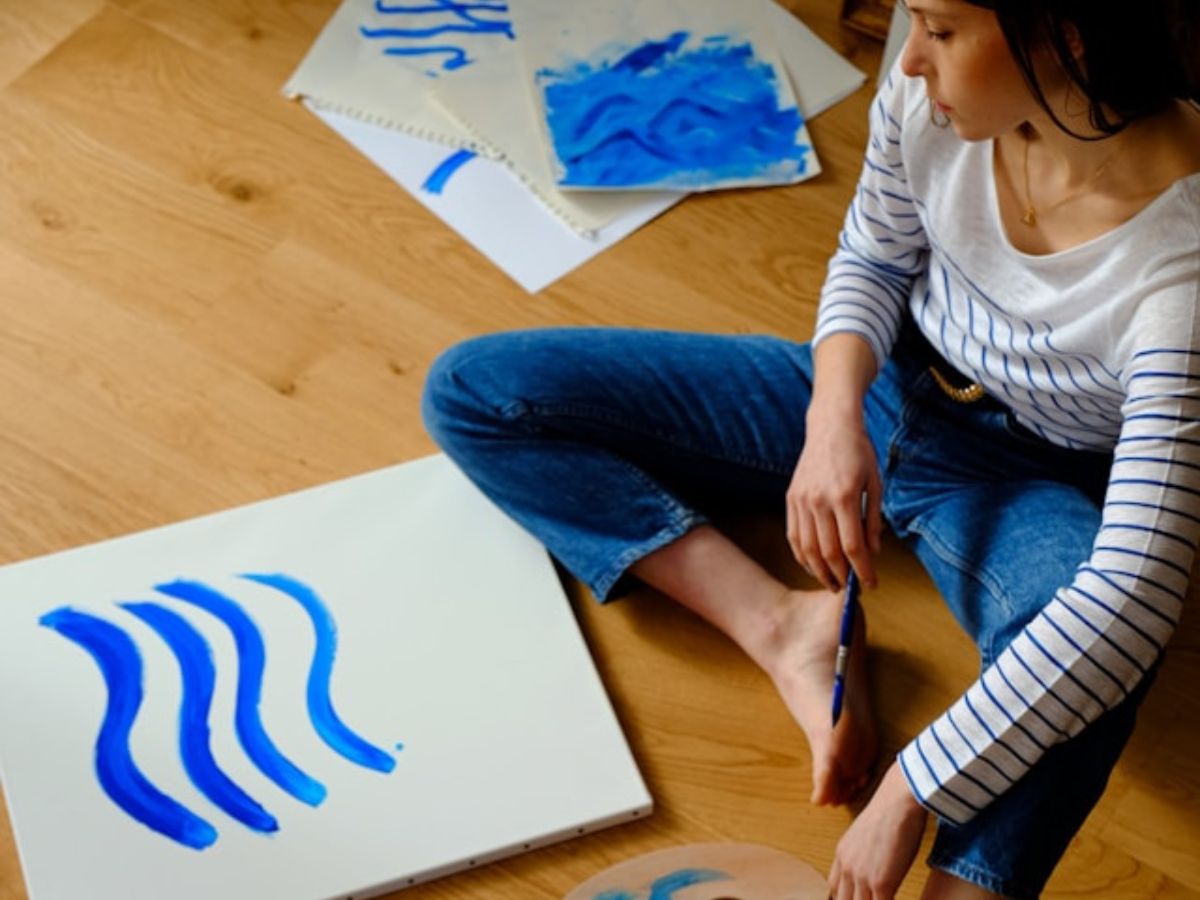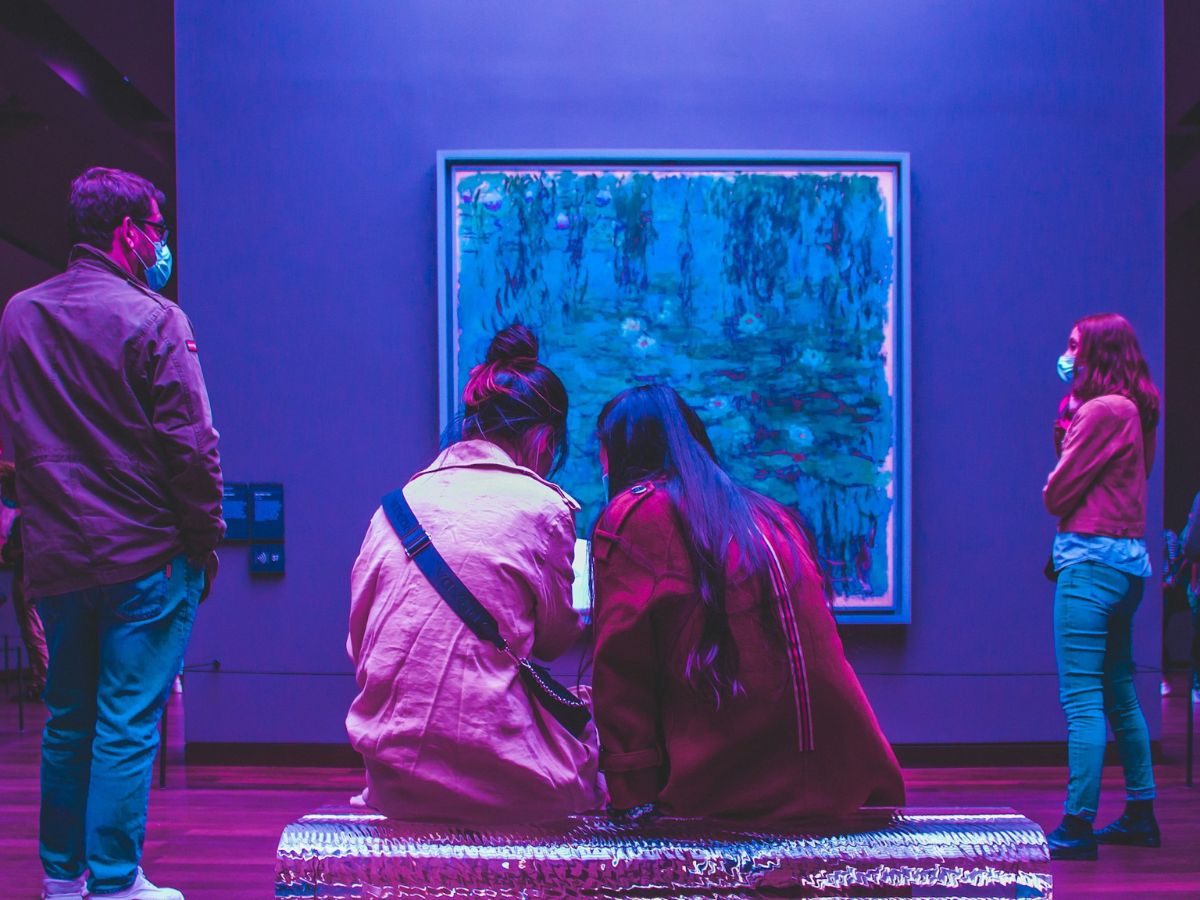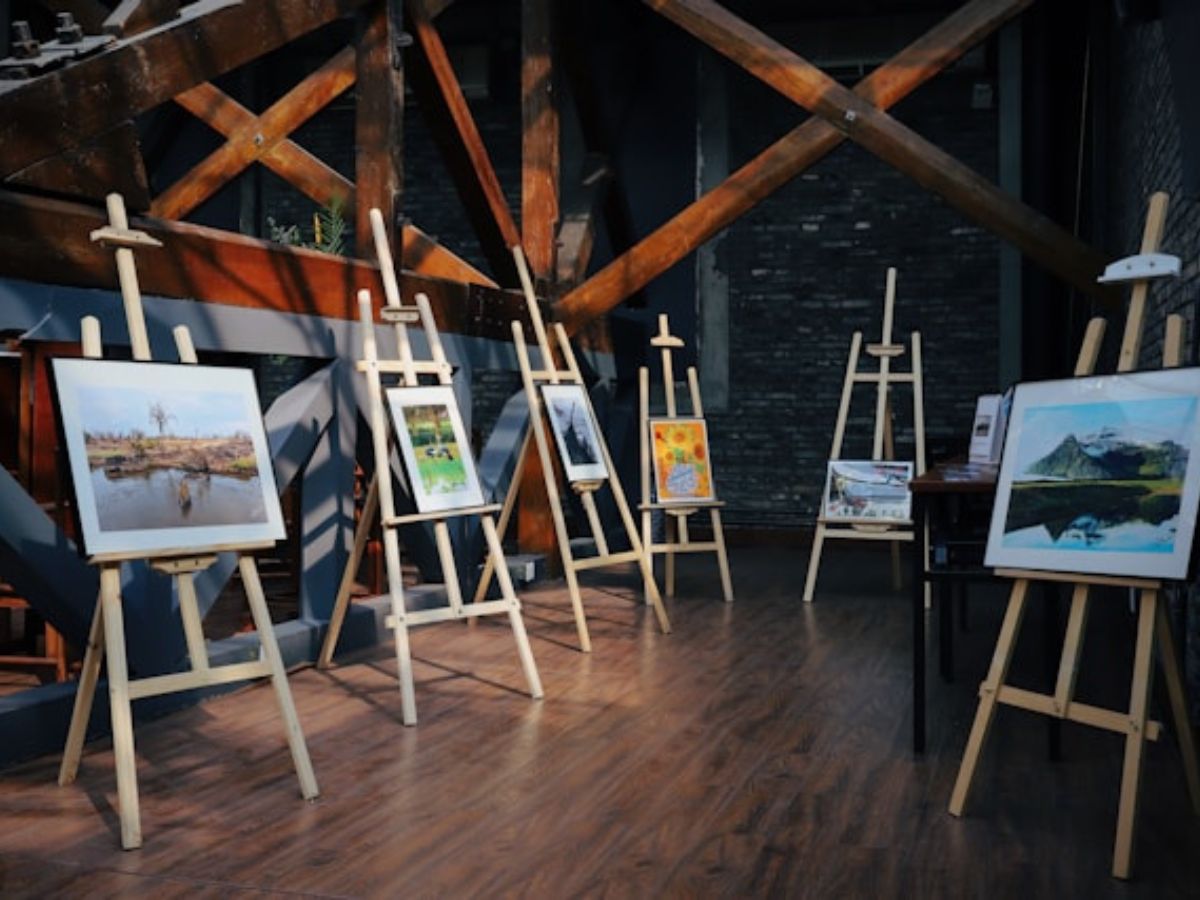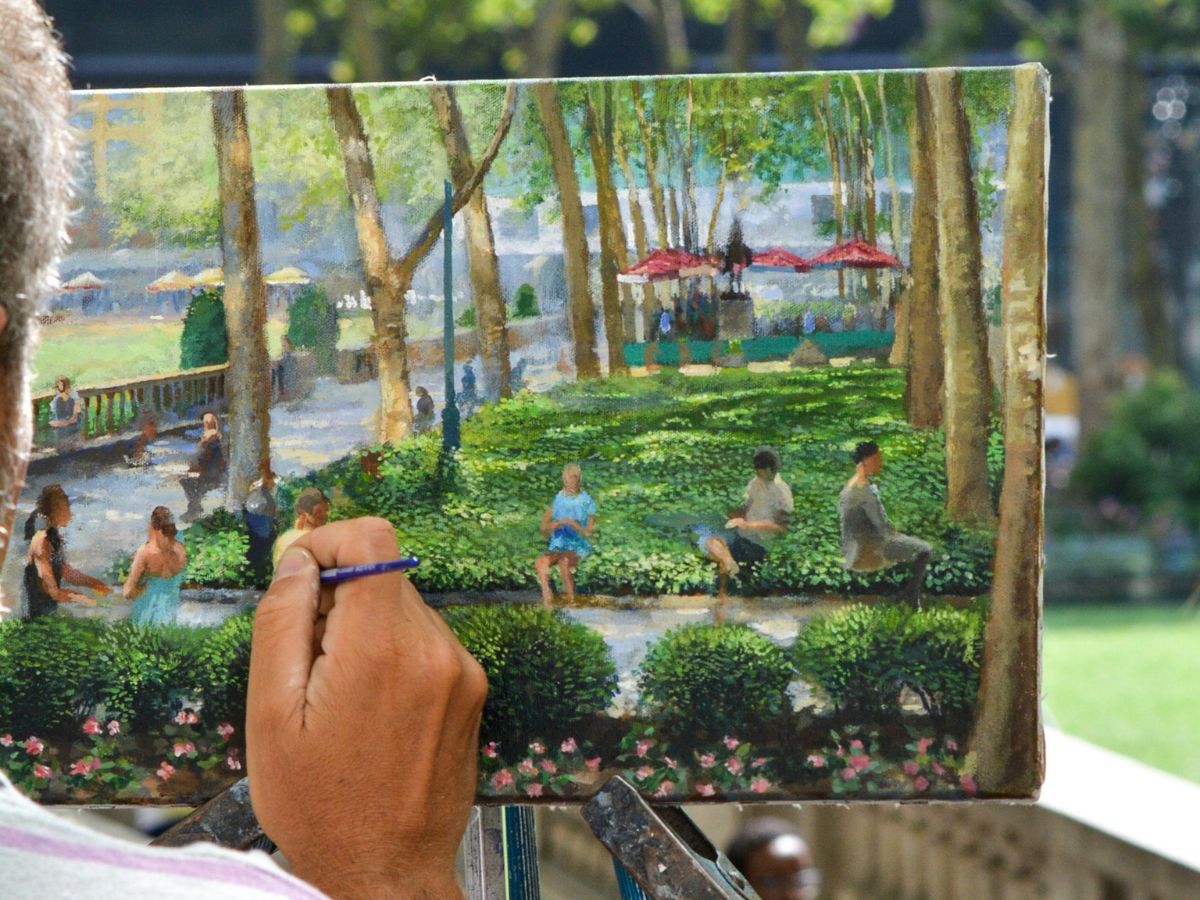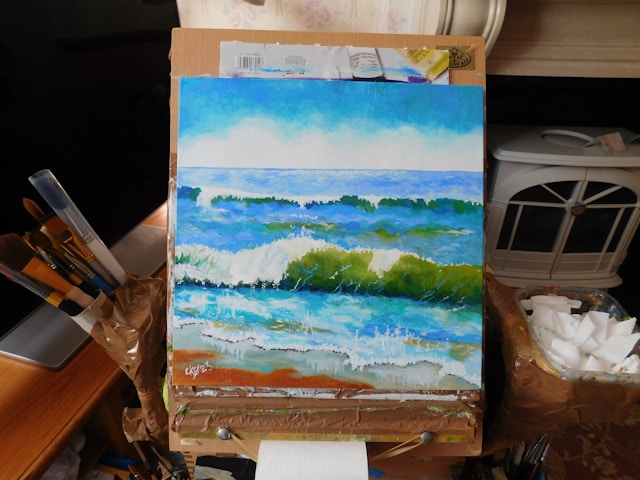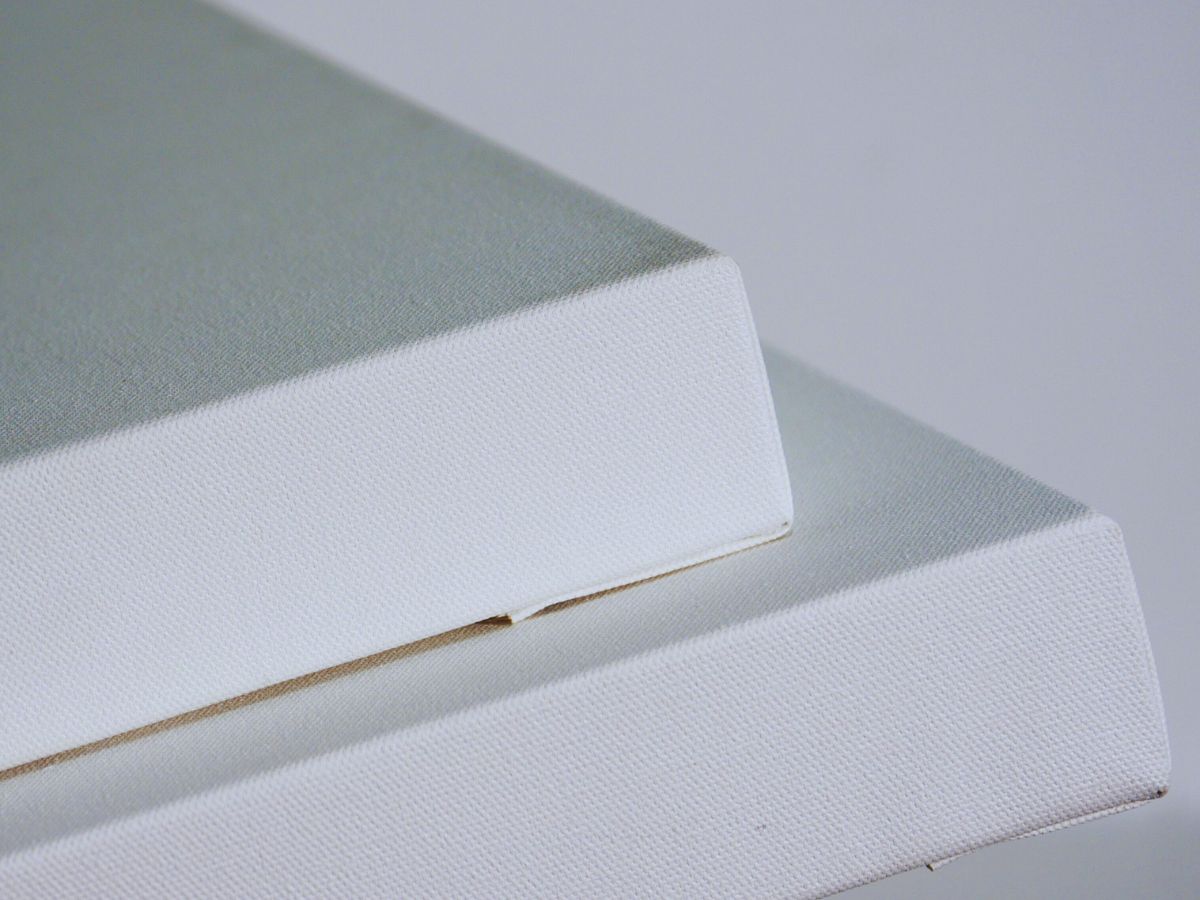
The Benefits of Priming Your Canvas with Gesso
As a professional painter, one of the most critical steps in preparing for a painting session is priming your canvas with gesso. Gesso serves as a foundation for your artwork, enhancing the durability and appearance of your final piece. Understanding the benefits of using gesso and knowing when and why to use it can significantly impact your painting process and outcome.
